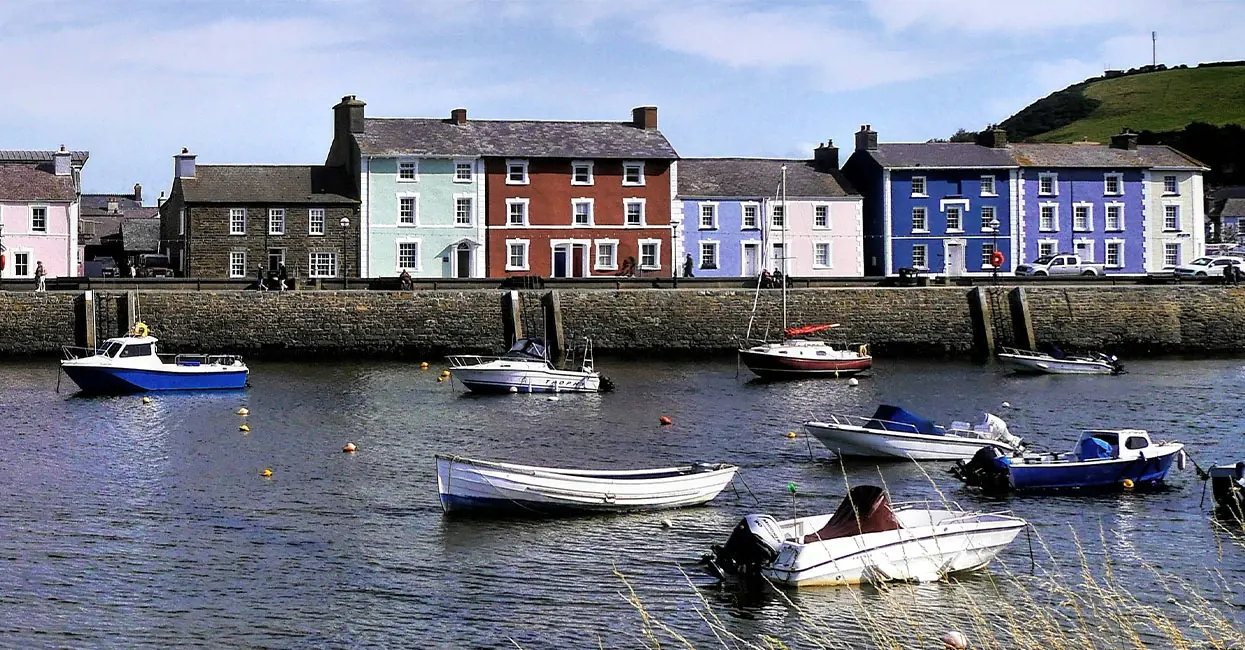The Introduction of Article 4 Directions: Potential Challenges and Opportunities
The housing market
An Article 4 Direction would serve as a point-in-time freeze on the split of homes in use as main residences, second homes and short-term holiday lets. Future changes to these uses are likely to occur more slowly and infrequently, given that approval to these changes will be required through the planning system.
Gwynedd Council’s stated intention for its proposed Article 4 Direction is to protect dwellings for permanent occupation. However, the impact of the proposals in this regard is likely to be limited. The Bevan Institute has found that, of the 21,718 properties listed on Airbnb across Wales, 14,343 appear suitable to live in permanently, accounting for just 1% of Wales’ dwelling stock
[17],[18]. By contrast, the Welsh Government estimates that 110,000 dwellings are needed across Wales between 2019 and 2039
[19],[20]. Lichfields' view is that this does not reflect the actual, higher, level of housing need.
Research by Dr Simon Brooks, commissioned by the Welsh Government, considered the impacts of second homes (but not holiday lets) and concluded that the implementation of an Article 4 Direction may result in the emergence of two housing markets: one for main homes and another for second homes. Dr Brooks’ research also concluded that there is a “strong possibility” that house prices in the first “market” would fall and house prices in the second “market” would increase given the new constraint on supply.
By the same logic, we suggest that a third market could emerge for short-term holiday lets, which would also increase in value. We question the extent to which house prices may reduce in the market for “main” homes, given the influence of broader market factors.
The tourism industry
If an Article 4 Direction results in the insufficient provision of second homes and short-term lets to meet demand, this could result in limiting the number of visitors to an area and the loss of economic benefits.
This is a particular concern for many areas of Wales, where tourism accounts for a large proportion of the local economy. In 2022, across Wales, the tourism industry accounted for 8.7% of all employment and was the fourth largest sector across the nation
[21]. Even higher levels of employment in the tourism industry were seen in several local authority areas, including Conwy (16.3%), Pembrokeshire (15.6%), Anglesey (14.6%), Ceredigion (13.3%) and Gwynedd (12.9%).
Figure 2 Employment in the accommodation and food sector (as a proxy for the tourism sector) (%)
Source: ONS Business Register and Employment Survey (2022)
An Article 4 Direction could, however, present opportunities for additional purpose-built/provided holiday accommodation to fill the gap resulting from a decline in conversions of primary homes into holiday lets. Other alternative holiday or second home accommodation may benefit, including serviced accommodation, purpose-built holiday accommodation resorts, or holiday parks with static caravans for example. These may support existing provision or could even create new opportunities for holiday accommodation.
The development prospects for different types of holiday accommodation will, however, hinge upon the degree of support provided in local planning policy. Local authorities should strengthen support for visitor accommodation within local policy as part of the plan-making process in order to ensure that the tourism industry can continue to grow and attract new investment. Indeed, positive and pro-active tourism policies within local development plans should reflect the requirements of Planning Policy Wales, which recognises tourism as an economic land use that is vital to economic prosperity and job creation in many parts of Wales – including its role in diversifying the rural economy.
With great emphasis on the plan-led system from Welsh Government, tourist industry representatives and operators should engage in the plan-making process to seek a supportive policy.
Local authorities
Research prepared by the Welsh Government concludes that evaluating the impacts of holiday homes is a matter of judgment, which should be made at the local community level
[22].
Local authorities preparing to introduce an Article 4 Direction should compile robust, locally-specific evidence to inform their decision-making. This evidence must carefully consider the extent of area to which any Article 4 would apply. This should include an appropriate settlement sustainability study, to include an assessment of its current role and future potential in accommodating local residents and supporting the tourism economy. This study should identify the facilities and local services that are likely to be supported by permanent residents compared to those which would be supported by holidaymakers, together with a review of the housing market (including stock) and the need to support the Welsh language. A separate study that looks at how the local authority can respond to the changing needs and demands of tourist accommodation sector should also be undertaken.
The implementation of Article 4 Directions would sensibly go hand in hand with the preparation of a local development plan, including the setting of housing requirements. Local authorities can also then review the impacts of the wider initiatives made available to the Welsh Government to control the number of second homes and short-term lets, such as council tax premiums placed on second homes and the proposed licencing scheme for visitor accommodation
[23].






